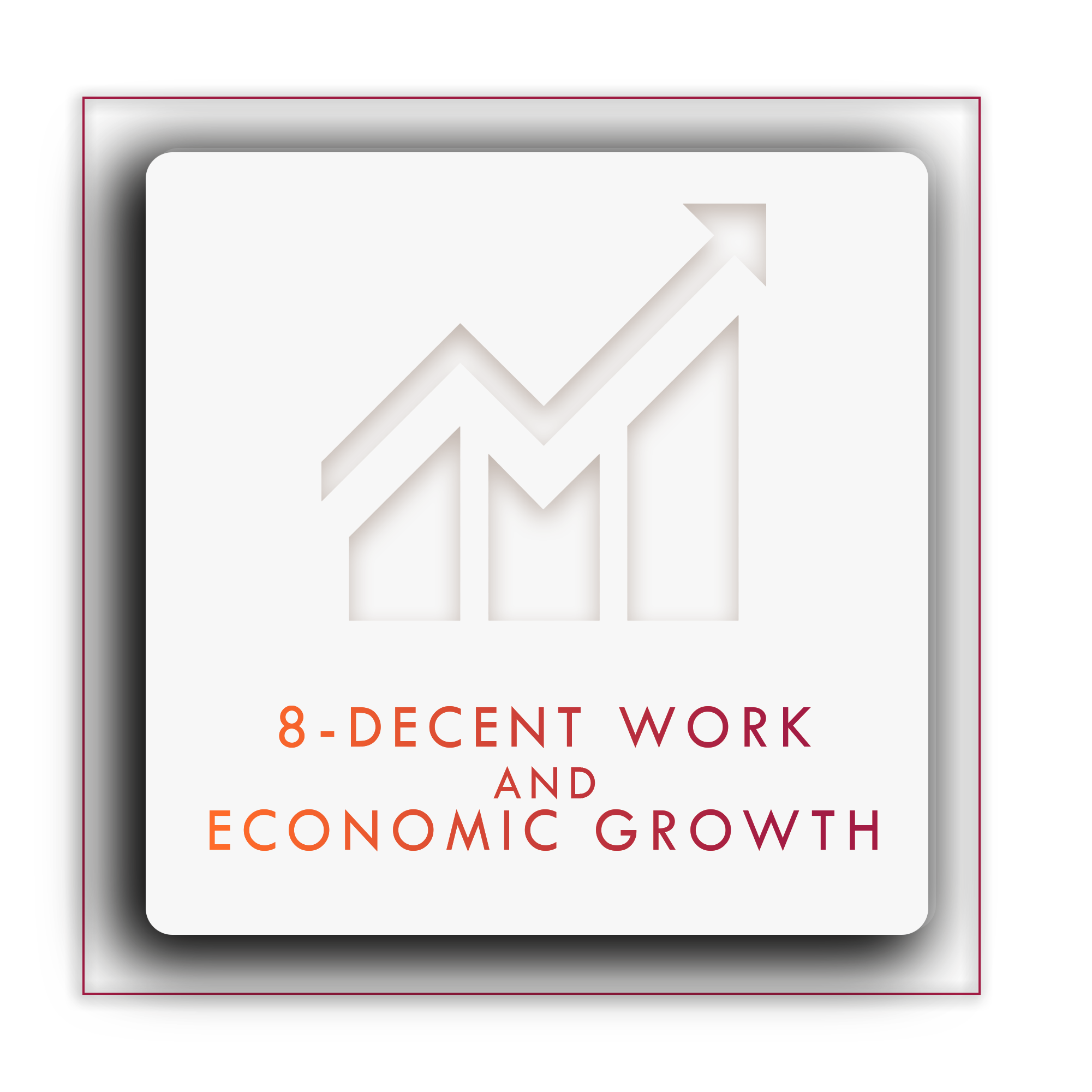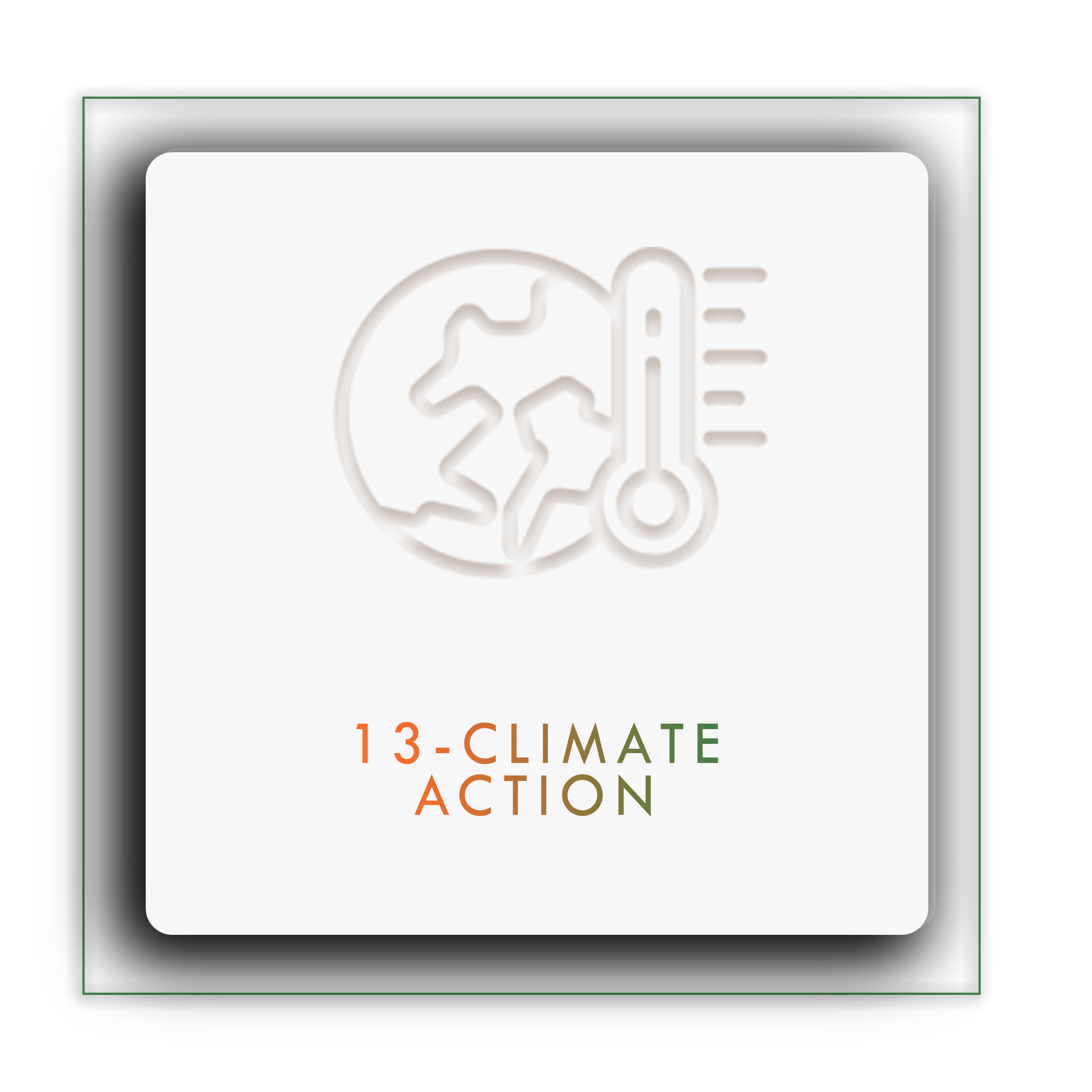Reimagining GHG Accounting and Paving a Path to a Better GHG Future
Reducing emissions is essential for humanity’s future.
Many companies and cities have begun taking steps towards carbon neutrality and the goal of net-zero by 2050. However, the 2050 balance between removing and emitting GHGs is not yet clear. How do we measure GHG emissions alongside the complicated intersections between people, tech, policy, and economics?
Currently, environmental policymakers and professionals calculate environmental impact through GHG emission measurements in two ways: (1) the attributional method, and (2) the consequential method.
The future is here, and with that comes the need to calculate the real and complicated impacts of our decisions. This article highlights some of the current GHG accounting methodologies used by environmental policymakers and professionals. We will explore their approaches, limitations, and how RWI is reimagining GHG accounting to pave a path to a better GHG future.
GHG Accounting Methods:
The Attributional Method
Activities that emit pollutants are measured and counted into inventories, like a “balance sheet” of emission contributions. This is a useful way for organizations to create a carbon budget for responsibility and regulatory reporting, setting reduction targets, and tracking progress towards reduction targets within the organization’s specified boundaries.
While attributional accounting is the most common method used and a powerful tool, the method has several limitations and shortcomings. Inventories used in attributional models are restricted to minor changes within a defined boundary, usually the company’s activities. Due to this, attributional models fail to interpret the systemic impact of actions and emission reduction strategies. Furthermore, attribution models are ineffective at determining the net effect of specific decisions because they do not account for changes in GHG emissions.
The Consequential Method
Consequential GHG accounting sometimes referred to as “intervention” accounting, seeks to quantify the net change in emissions resulting from actionable decisions. In contrast to the attributional model, consequential methods are unconcerned about who bears responsibility for GHG emissions, focusing instead on the systemic or global impacts of decisions and interventions. As a result, the consequential model is a more effective tool for informing decision-makers of the actual impact on a firm's range of opportunities.
Primary methodologies used to calculate consequential GHG emissions consist of Product Life Cycle Analysis (LCA), Project GHG accounting, and Policy GHG accounting, all discussed further below (M. Brander, Transposing Consequential GHG, Journal of Cleaner Production). *Note that methods are not mutually exclusive*
Consequential Life Cycle Analysis denotes changes in GHG impact resulting from changes in an existing product's consumption and production level or configuration of interactions throughout the product's life cycle. A product's Life Cycle consists of all “consecutive and interlinked stages of a product system; from the raw material acquisition or generation to final disposal” (M. Brander).
“Consequential life cycle inventory includes all and only the processes that change, wherever they occur in the system, while in contrast, an attributional life cycle inventory includes the processes used directly in the life cycle stages of the product physically produced/consumed.” (M. Brander, Transposing Consequential GHG, Journal of Cleaner Production).
Project and Policy Accounting aims to quantify changes in GHG emissions occurring from the activities of a “project” or implementation of a “policy.” The structure adopted for both methods is the same, differentiating in the scale of implementation and systemic interactions. A key difference with Policy Accounting is how policies can interact with other policies, influencing stronger or weaker impact and effectiveness, as overlapping or counteracting relationships between policies.
Change arising from a project is calculated as the difference between a baseline and a project scenario. A key feature of both project and policy accounting is that emissions are presented as a time series, allowing us to capture the shape of emissions changing over time. The basic structure of these methods can be expressed as follows:
Change in emissions = Net baseline emissions - Net project scenario emissions
An Integrated Approach
While all the above methods act as tools for measuring GHG, each method has shortcomings that skew the bigger picture. Attributional and consequential methods must be done independently, or else the outcome is neither an inventory of emissions or an accurate reflection of changes to GHG emissions. As a result, there have been calls for a more integrated approach to GHG accounting. This is where RWI’s models can help.
Reimagining GHG Accounting and Paving a Path to a Better GHG Future
RWI’s Synthetic Modelling Platform (SMP) is an AI-based living laboratory that is collaborative and extensible, giving the SMP the ability to include other industry models and calculations, and explore the ripple effects, outcomes, and impacts in all types of interconnected systems. Our living lab enables our clients to plan, design, and optimize systems and events in a hyper-localized, geospatially accurate model, including people, technologies, infrastructure, and the environment. Utilizing a sophisticated scenario and system approach, our living lab has the unique ability to integrate the varying approaches of GHG accounting. We allow our clients to dial forward the future to view the bigger picture surrounding GHG emissions and calculate even minute impacts caused by changes implemented to reduce GHGs before the changes are made.
Our SMP allows for dynamic representations of GHG emissions from the systems perspective. We consider many independent methodologies simultaneously to generate the ecosystem of net GHG emissions made up from contributing subsystems and their interactions with all interconnected systems.
Within a simulation, we can run baseline scenarios from given attributional data, assign change to the underlying factors driving GHG emissions, and model the meaningful net change from a decision, alternative, or substitution. RWI provides insight into GHG reduction and optimization by isolating key variables driving emissions and their interactions at a micro-level and demonstrating their net contribution to the GHG ecosystem at a macro level.
At RWI, we know that sustainable, net-zero futures are no longer just lofty and ambiguous goals for our future. RWI informs the optimized path to net-zero futures with Synthetic Modelling.
RUNWITHIT is actively working to contribute to the United Nations Sustainable Development Goals (SDG’s). This project has contributed to the following SDG’s:







